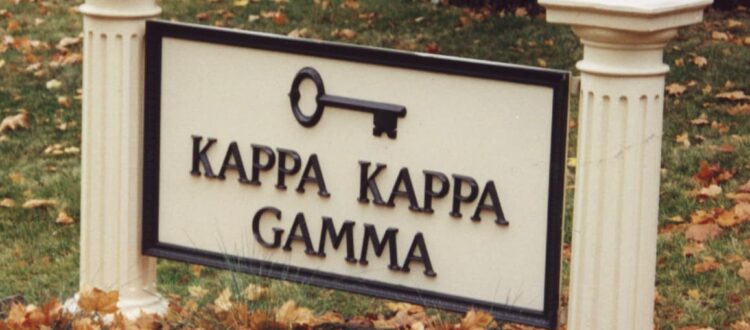Cast bronze letters are a popular choice when it comes to creating a sophisticated and professional look for signage and plaques. These letters are made by pouring molten bronze into a mold, allowing for intricate detailing and a sturdy construction.
The process of casting ensures that each letter has a unique appearance, adding a sense of craftsmanship and luxury to any project. They are attractive, highly durable and weather-proof, making them suitable for both indoor and outdoor applications. With their timeless elegance and ability to withstand the elements, they are a perfect choice for companies, institutions, and organizations looking to make a lasting impression.
Why Cast Bronze Letters?
1. Elegance and Sophistication: Cast Bronze Letters offer a timeless and elegant aesthetic that can enhance the visual appeal of any signage or plaque. The rich, warm tones and intricate detailing of cast bronze give off a sense of craftsmanship and luxury.
2. Durability and Weather Resistance: Cast bronze is a durable metal that can withstand harsh weather conditions, making it suitable for both indoor and outdoor applications. It is resistant to corrosion, fading, and deterioration, ensuring that the letters will maintain their appearance over time.
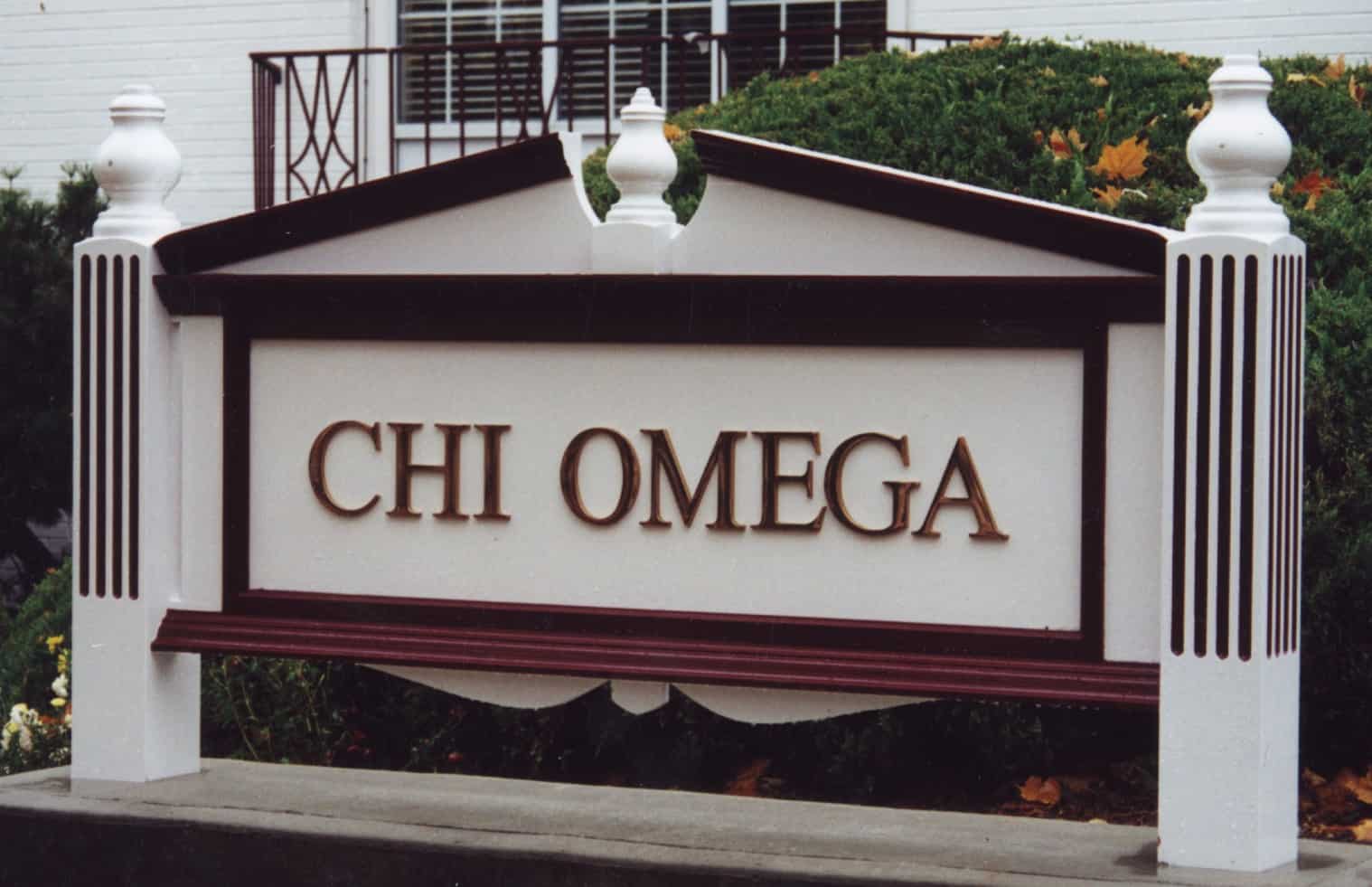 3. Customization Options: They can be customized to match the unique branding or design requirements of any project. They can be made in a variety of sizes, fonts, and finishes, allowing for a personalized and distinctive look.
3. Customization Options: They can be customized to match the unique branding or design requirements of any project. They can be made in a variety of sizes, fonts, and finishes, allowing for a personalized and distinctive look.
4. Longevity: Cast bronze is a long-lasting material that can stand the test of time. Unlike other materials such as plastic or vinyl, cast bronze letters do not easily fade or deteriorate, ensuring that your signage or plaque will remain in excellent condition for years to come.
5. Versatility: They can be used for a wide range of applications, including signage for businesses, institutions, public spaces, and even individual residences. They can be used both indoors and outdoors, making them a versatile choice for various design needs.
6. Professional Image: They can elevate the professional image of a company or organization. The high-quality and polished appearance of cast bronze conveys a sense of prestige, trustworthiness, and attention to detail.
7. Increased Visibility: Due to their timeless and eye-catching look, they can help increase the visibility and legibility of signage or plaques. The raised lettering and contrasting color against a background make them easily readable from a distance, ensuring that your message is effectively communicated.
8. Investment Value: Choosing them can be seen as an investment due to their durability and longevity. They may have a higher upfront cost compared to other materials, but their ability to withstand the elements and maintain their appearance over time can make them a cost-effective choice in the long run.
What Material are Cast Bronze Letters Made of?
They are made of bronze, an alloy primarily composed of copper, tin, and sometimes small amounts of other metals. The exact composition of the bronze alloy can vary depending on the desired characteristics and appearance of the letters. The high copper content gives cast bronze its distinctive warm tones, while the addition of tin provides strength and durability. Other metals like zinc or nickel may be included in smaller amounts to enhance certain properties or achieve specific finishes.
The molten bronze is poured into a mold, allowing for intricate detailing and a solid construction. This process ensures that each cast bronze letter is unique and reflects the craftsmanship and artistry involved in its creation. The resulting letters are durable, weather-resistant, and possess a timeless elegance that adds a touch of sophistication to any signage or plaque.
What is the Difference Between Bronze Letters and Cast Bronze Letters?
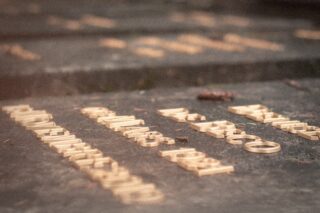 Bronze letters and cast bronze letters may seem similar, but there is a distinct difference between the two. Bronze letters are typically made by cutting individual letters out of a flat sheet of bronze using a laser or water jet cutter. The process of cutting the letters out of the sheet does not allow for the same level of intricate detailing that cast bronze letters offer.
Bronze letters and cast bronze letters may seem similar, but there is a distinct difference between the two. Bronze letters are typically made by cutting individual letters out of a flat sheet of bronze using a laser or water jet cutter. The process of cutting the letters out of the sheet does not allow for the same level of intricate detailing that cast bronze letters offer.
On the other hand, cast bronze letters are made by pouring molten bronze into a mold, allowing for intricate detailing and a solid construction. This process ensures that each cast bronze letter is unique and reflects the artistry involved in its creation. The casting process also allows for a wider range of customization options, as letters can be made in various sizes, fonts, and finishes. Cast bronze letters offer a timeless and elegant aesthetic that can enhance the visual appeal of any signage or plaque, making them a popular choice for companies, institutions, and organizations looking for high-quality signage.
Cast Bronze Letters Finishes
1. Polished Finish: A polished finish is achieved by buffing the surface of the bronze letters to a reflective shine. This finish highlights the natural beauty and warmth of the bronze material, creating a classic and timeless look.
2. Satin Finish: A satin finish features a smooth and matte surface that diffuses light, reducing the intensity of reflections and creating a softer appearance than the polished finish. This finish is ideal for achieving a subtle and sophisticated look.
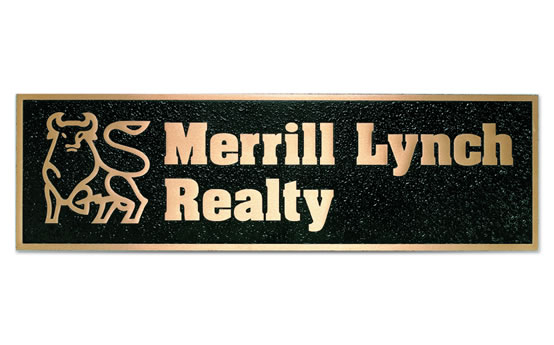 3. Oxidized Finish: An oxidized finish involves applying a chemical solution to the bronze surface, which ages the metal to create a dark and aged appearance. This finish is commonly used for plaques and memorials, conveying a sense of historical or traditional significance.
3. Oxidized Finish: An oxidized finish involves applying a chemical solution to the bronze surface, which ages the metal to create a dark and aged appearance. This finish is commonly used for plaques and memorials, conveying a sense of historical or traditional significance.
4. Patina Finish: A patina finish involves the application of chemicals or heat to the bronze surface, resulting in a green or blue-green discoloration that creates a distinct and unique appearance to the letters. This finish is often used for artistic purposes or to achieve a more rustic or antique look.
5. Painted Finish: A painted finish involves applying paint to the bronze surface, allowing for a range of different colors, patterns, and designs. This finish is ideal for signage or plaques that require a specific color scheme or design, allowing for a high level of customization.
Each finish offers a distinct look suitable for different design styles and needs.
Cast Bronze Letters Mounting Options
1. Flush Mount: Flush mount refers to mounting the cast bronze letters directly onto a flat surface, such as a wall or facade. The letters are flush with the surface, creating a sleek and seamless appearance.
2. Offset Stud Mount: Stud mount involves attaching threaded studs to the back of each cast bronze letter. These studs are then drilled into the mounting surface, providing a secure and raised installation. This mounting option adds dimension to the letters and creates a more noticeable and prominent display.
3. Pad Mount: Pad mount utilizes small metal pads or spacers that are affixed to the back of the cast bronze letters. These pads act as standoffs, creating a gap between the letters and the mounting surface. This option adds depth and visual interest to the installation.
4. Rail Mount: Rail mount involves attaching the cast bronze letters to a metal rail system that is then installed on the mounting surface. This allows for easy installation. This option is commonly used for signs or plaques that may require periodic updates or changes.
5. Combination Mount: Combination mount incorporates multiple mounting options to achieve a desired effect. For example, a cast bronze letter installation may feature a combination of stud mount and flush mount to create a visually striking display with varying depths and dimensions.
Each mounting option offers different aesthetic and functional benefits, and the choice depends on the specific project requirements and design preferences.
Where to Use Cast Bronze Letters?
• Building Signage: They are commonly used for building signage, providing a durable and elegant option for displaying the name or logo of a company or organization. The timeless appeal of bronze adds a touch of sophistication and professionalism to the building’s exterior.
• Plaques and Awards: They are perfect for creating plaques and awards to commemorate special achievements or events. The rich and lustrous appearance of bronze adds a sense of prestige and gravitas to these items, making them ideal for honoring individuals or organizations.
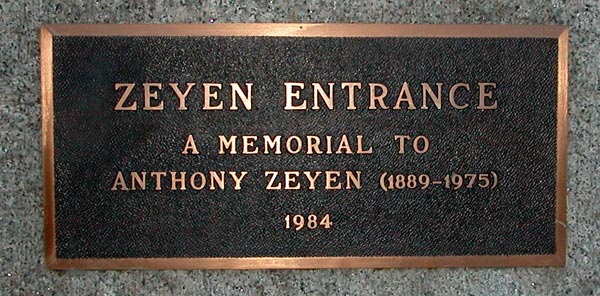 • Address Numbers: Using them for address numbers provides a distinctive and upscale look to the exterior of a building. Whether it’s a residential home or a commercial property, bronze letters add a touch of class and ensure that the numbers are easily visible and legible.
• Address Numbers: Using them for address numbers provides a distinctive and upscale look to the exterior of a building. Whether it’s a residential home or a commercial property, bronze letters add a touch of class and ensure that the numbers are easily visible and legible.
• Memorials and Monuments: They are often used in memorials and monuments, where the lasting quality and aesthetic appeal of the material are highly valued. The ability to customize the size, font, and finish of the letters allows for a personalized and meaningful tribute.
• Historical Restorations: When restoring historical buildings or landmarks, they are an excellent choice for recreating or replacing original signage. The authenticity, durability, and craftsmanship of bronze letters help to maintain the historical integrity of the structure.
• Artistic Installations: They can also be used for artistic installations, sculptures, or art projects. The versatility of the material allows for creating unique and eye-catching designs, adding a touch of artistic expression to any space.
The use of cast bronze letters in these various applications enhances the visual appeal, durability, and overall aesthetic of the signage or display, while also conveying a sense of quality and prestige.
How Can You Tell the Difference Between Cast Bronze and Cast Iron Letters?
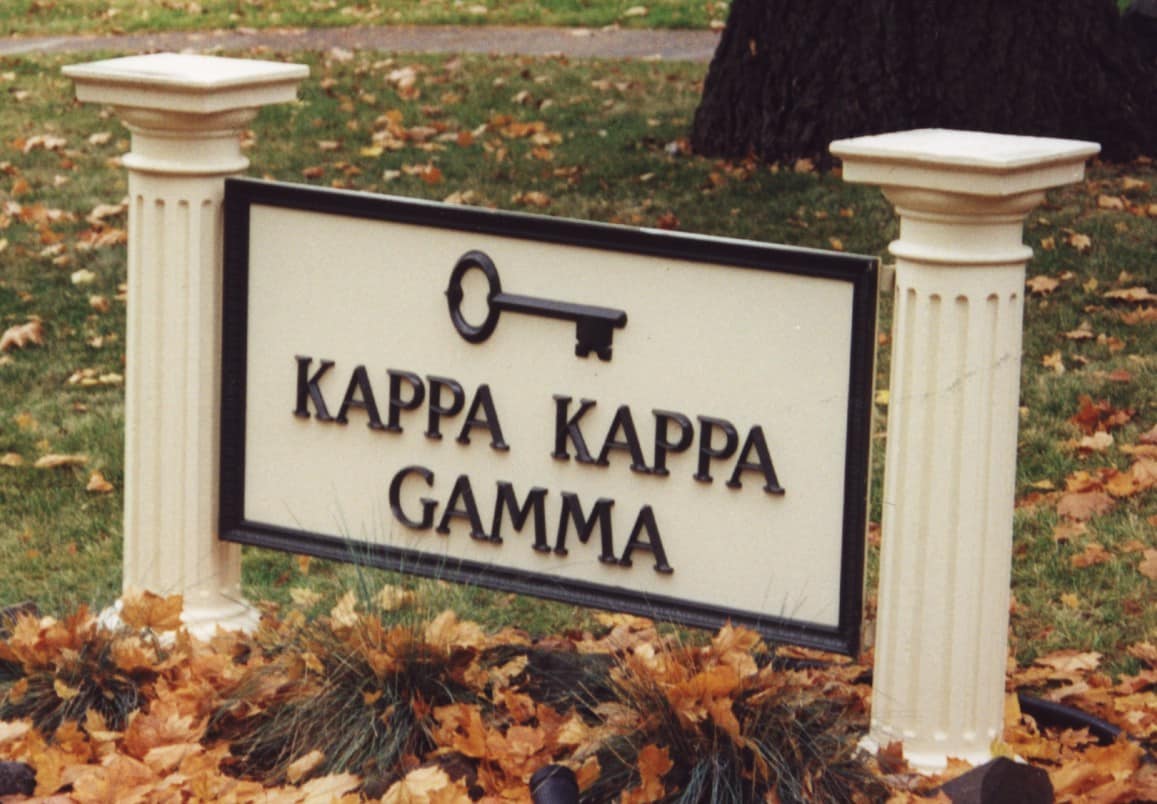 One way to differentiate between cast bronze and cast iron letters is by examining their color and finish. Cast bronze letters typically have a warm, reddish-brown color with a lustrous and reflective surface when left in their natural state.
One way to differentiate between cast bronze and cast iron letters is by examining their color and finish. Cast bronze letters typically have a warm, reddish-brown color with a lustrous and reflective surface when left in their natural state.
On the other hand, cast iron letters tend to be darker and have a duller, matte appearance. Another distinguishing factor is the weight of the letters. Cast bronze is denser and heavier than cast iron, which gives it a solid and substantial feel.
In addition, bronze letters often have more intricate and detailed designs, showcasing the ability of the material to be intricately cast and refined. In contrast, cast iron letters may appear bulkier with simpler designs due to the inherent limitations of the material. By assessing the color, finish, weight, and design intricacy, it becomes possible to differentiate between cast bronze and cast iron letters.
How Long Do Cast Bronze Letters Last?
They have an exceptional lifespan and are known for their durability and longevity. When properly maintained, cast bronze letters can last for several decades, and even centuries, making them a popular choice for permanent signage and architectural applications. The inherent properties of bronze, including its resistance to corrosion, weathering, and UV radiation, contribute to its long-lasting nature.
Over time, bronze develops a natural patina that helps protect the metal from environmental elements, further enhancing its lifespan. Routine cleaning and maintenance, such as removing dirt and debris, and occasionally applying protective coatings, can help extend the lifespan of cast bronze letters. With proper care, they provide a timeless and enduring display.
Conclusion
Cast bronze letters offer a timeless and sophisticated option for a variety of applications. With their rich color, lustrous finish, and intricate designs, they provide a touch of elegance and prestige to signage, plaques, address numbers, memorials, and more. The durability and longevity of cast bronze make them a wise investment, as they can withstand environmental elements and maintain their visual appeal for many years, if not centuries. With proper care and maintenance, these letters will continue to make a lasting impression, leaving a legacy that stands the test of time.
Popular Posts:

